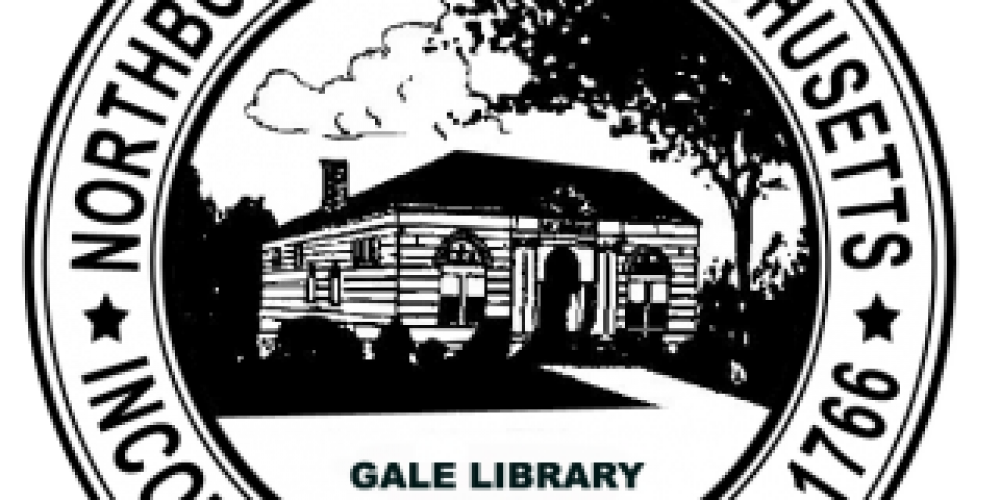Submitted by Kristin Black, Ph.D., M.S., Northborough Health Agent and Dr. Andrea Ciaranello, M.D.,M.P.H., Infectious Disease Physician at Massachusetts General Hospital and member of the Northborough/Southborough Public Schools Medical Advisory Team
Public health officials and medical doctors urge you to reconsider traditional holiday plans to protect the ones you love. Even the most perfectly planned event is not risk-free if you are gathering with non-household members, especially indoors. The Thanksgiving holiday contributed towards the recent surge we are seeing right now and resultantly, the risk of at least one person at a gathering having COVID, and spreading it to others is much higher than last month. We hope that you will take the increased surge and state restrictions into account in your decision-making this season to protect the health of your loved ones, especially those at increased risk of severe illness, and our entire community.
According to the Center for Disease Control (CDC), celebrating virtually or with the people you live with is the safest choice this winter. The CDC revised its guidance to say that the COVID-19 virus can “linger in the air for minutes to hours” and transmission can occur between people spaced more than six feet apart or after an infected person has left a space. People who are infected but do not show symptoms can also spread the virus to others. For these reasons, there is no risk-free option for in-person gatherings.
If you choose to gather with people who don’t live with you, mask wearing, good ventilation, and social distancing should be a must. Gatherings and activities held outdoors are safer than indoor gatherings. Gatherings without food or drink are safer as well as you don’t need to remove masks. When planning, remember that the more closely you interact with others and the longer the interaction, the higher the risk of COVID-19 spread.
In Massachusetts, indoor gatherings at private residences are limited to 10 people and outdoor gatherings at private residences are limited to 25 people; but just because these are permitted does not mean they are safe. When non-household members gather at private residences, mask wearing and social distancing are required under the Governor’s Gathering Order.
This firsthand story of a COVID-19 exposure from a Boston doctor who perfectly planned a reduced risk indoor Thanksgiving dinner may make you reconsider whether planning for an indoor dining experience is worth the risk at all. However, if you do plan to dine with non-household members, the tips that she suggests are likely to be very helpful. Limit the number of guests. Open windows to improve ventilation. Limit the duration of the gathering. Gather or eat outdoors. Stagger eating times so only one-household is unmasked at a time. Remain at least 6’ apart when anyone is unmasked (even farther is better) and only remove masks for as little time as needed to eat or drink (replace your mask between bites/sips, and when chatting at the table). Clean hands often, and don’t share any touched items. If you must share a house, wear masks at all times except eating, drinking, bathing, and sleeping; make sure there are separate sleeping spaces for separate households. Cancel your event if you or someone you live with is sick or thinks they may have been exposed to COVID-19. Remember that COVID-19 symptoms can be as mild as a little nasal stuffiness or a headache.
There are many ideas circulating on how to celebrate the holidays during COVID-19. In addition to creative virtual experiences, you could also consider meeting family or friends for a hike or walk in the park. A gift exchange outdoors can bring many smiles and carries much less risk.
Virtual services are the safest way to worship. Next best would be drive-in style services. and then outdoor services with mask wearing and social distancing. Indoor services with singing carry the greatest risk of COVID-19 transmission.
In any decision we make about gathering during this time, there are two key questions: What is the chance that someone will walk in the door with COVID, and what is the chance they will pass it to others who are there with them? The first depends on how many people will be present, and on the rates of COVID in our community, which are now higher than they have ever been since the start of the pandemic. The second depends on what prevention measures are in place: masking, distancing, ventilation or being outdoors, hand sanitizing, touching the same surfaces.
We all want to protect our loved ones, and the thought that they might become ill as a result of a holiday gathering is a terrible one. But beyond our own loved ones, the ripple effect from a single event can be seen far away; indoor gatherings have led to infections and deaths among people who were not even there. (Consider the story of a small wedding in Maine that was linked to 177 cases and seven deaths.) The decisions we make over the next few weeks can protect not only our own families, but also people we don’t know, and can directly shape how much longer we all need to keep making sacrifices because of this pandemic.
Online Resources for Holiday Planning:
- Vox’s 11 questions to consider when planning a holiday gathering
- If you Gather – Safety Checklist and Conversation Guide developed by Washington State
- Safety reminders that doctors want you to remember this holiday season
- COVID-19 Event Risk Assessment Planning Tool. Estimate the chance that someone will COVID will be present at an event, given the event size and location.
- Mass.gov Holiday During COVID-19
- CDC’s Winter Holiday’s Guidance
(Please note that state guidelines can be updated often and the State website should be consulted.)

